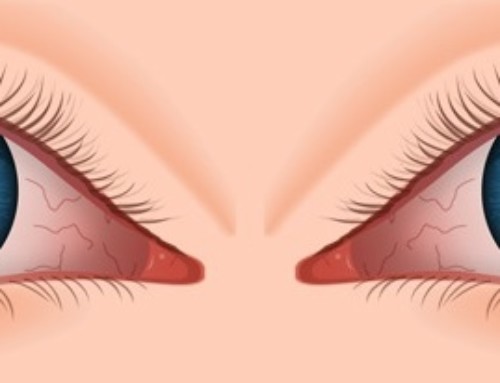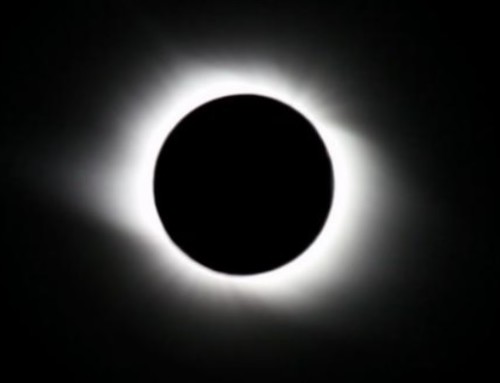Glaucoma is a group of diseases that can damage the eye’s optic nerve and result in vision loss and blindness. It is one of the main causes of blindness in the United States. However, with early treatment, you can often protect your eyes against serious vision loss. Therefore it is very important that it be diagnosed.
Help protect your vision and the vision of your relatives and friends. African Americans over age 40, people over 60 years of age, especially those of Mexican descent, and people with relatives that have had the illness can run a high risk of having glaucoma.
Glaucoma is the second most common cause of blindness in the United States. There are four major types of glaucoma:
- Open-angle (chronic) glaucoma
- Angle-closure (acute) glaucoma
- Congenital glaucoma
- Secondary glaucoma
The front part of the eye is filled with a clear fluid called aqueous humor. This fluid is always being made behind the colored part of the eye (the iris). It leaves the eye through channels in the front of the eye in an area called the anterior chamber angle, or simply the angle.
Sometimes, when the fluid reaches the angle, it passes too slowly through the meshwork drain. As the fluid builds up, the pressure inside the eye rises to a level that may damage the optic nerve. When the optic nerve is damaged from increased pressure, open-angle glaucoma—and vision loss—may result. That’s why controlling pressure inside the eye is important. Anything that slows or blocks the flow of this fluid out of the eye will cause pressure to build up in the eye. This pressure is called intraocular pressure (IOP). In most cases of glaucoma, this pressure is high and causes damage to the optic nerve. The optic nerve is a bundle of more than 1 million nerve fibers. It connects the retina to the brain. The retina is the light-sensitive tissue at the back of the eye. A healthy optic nerve is necessary for good vision.






